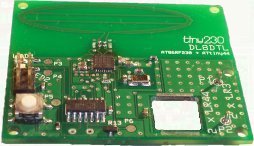sudo apt-get install python python-pip

 |
Home - Downloads - Docs - Hardware - Source - News - Blog |  |
Getting StartedThis is a step by step tutorial discussing the required software on your Windows or Linux machine, some recommended hardware and the programming hardware. The steps required to compile the libraries and build the test applications depending on the board(s) you want to use are explained in detail. PrerequisitesBuilding firmware images for the uracoli suported boards basically requires a AVR-GCC toolchain to compile the applications and a programming tool to flash the firmware into the microcontroller. The setup of a working AVR tool chain is described here. If you want to add your own board configurations and variants to the build process, you need to install Scons on your PC. A mercurial client is needed to obtain the latest sources from the repository. Some of the applications communicate via a serial interface with the PC.
In most of the cases a terminal application like Building the FirmwareHow the firmware is build from the source code, is described in this section. The result of the build process are firmware files with the name
Installing and Upgrading PythonAll of the Áracoli tools, like Ubuntu Linux
Windows
All Plattforms
Note
If you access the internet via a proxy, you need to set the
environment variable Alternatively you can also use the More Tools
|
more topics |
| Last modified: 2017-06-04 |